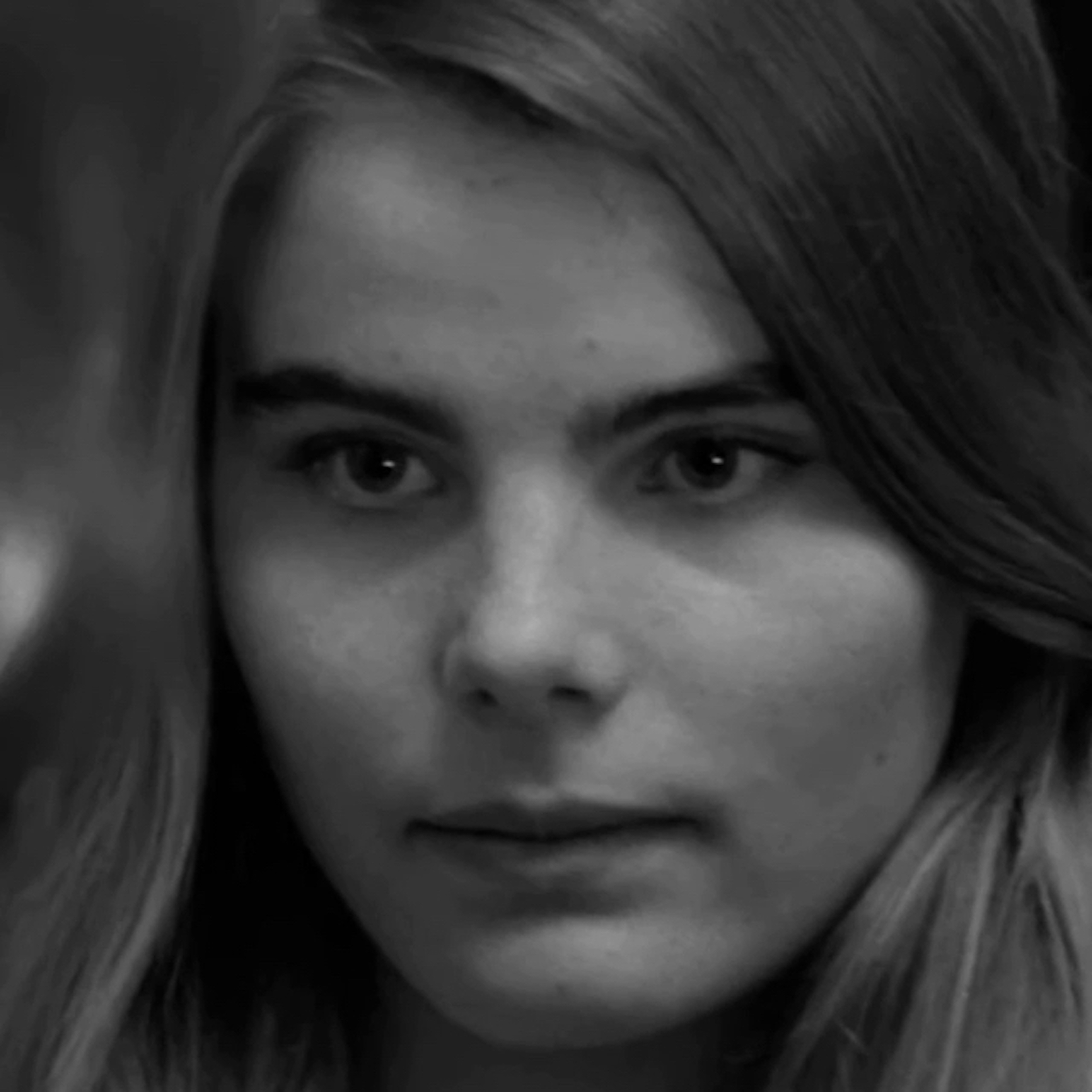Vidéo | 12:00 | Italie
Venir voir cette oeuvre
Le point de départ était l’étude du gros-plan et l’idée de voir le visage non pas comme une pars pro toto/une partie pour le tout représentant une personne, mais une entité indépendante. Le visage devient le cadre et le champ dans lequel se fait l’action.
Tracy’s face est un fragment de la dernière scène de Manhattan, 1979, de Woody Allen. À ce moment du film, personnages et intrigue sont connus, ce qui induit une approche particulière de ce plan. Inversement, dans mon travail, le visage est décontextualisé voire indépendant du temps et de l’espace. Sans références, la seule relation est provoquée par les micromouvements indices des effets émotionnels de l’action. Cependant, c’est à la question « Pourquoi la vie vaut-elle d’être vécue ? » qu’Isaac/Allen répond « Le visage de Tracy… ». J’érige ce visage en entité, le recadre en format 1:1 et le « ralentit » grâce à une simple application pour smartphone, le FaceApp. Le plan originel, composé de 108 photogrammes, dure 4,5 secondes. Par l’IA de l’application, j’ai généré des photogrammes intermédiaires entre les originaux qui, de 108 sont désormais 215. Opération que j’ai répétée 200 fois, continuant de générer d’autres photogrammes intermédiaires. À la fin du processus, j’ai atteint 21600 photogrammes, projetés 30 photogrammes par seconde, ainsi l’effet est celui d’un ralenti à l’extrême, dans lequel seulement 0,5% des photogrammes sont « originaux ».
——
The starting point was the study of the cinematic close-up and the idea of the face not as a pars pro toto representing the person, but as an independent entity.
The concept of framing vanishes, because the face becomes the frame and the field in which all the action takes place.
Tracy’s face is an excerpt from the last scene of Manhattan, 1979, by Allen. At this point, in the Allen’s film, we know the characters and their stories, so the sequence is read starting from this information. In my work, on the other hand, the face is abstracted from the context, it’s independent from time and space. Without references, the only relationship is that with the micromovements that translate action into emotion. To the question ‘Why is life worth living?’ Isaac/Allen answers ‘Tracy’s face …’. I wanted to elevate this face to entity, re-framing it in a 1:1 ratio and ‘slowing it down’ using a very popular smartphone app, FaceApp. The original shot lasts 4.5 seconds and is made up of 108 frames. Using the app’s AI, I generated intermediate frames between the originals which from 108 became, at first, 215. I repeated this operation 200 times, continuing to generate new intermediate frames. At the end of this process the frames were 21600. Projected at 30fps the effect is that of an extreme slow-motion, in which only 0.5% of the frames are ‘original’.

